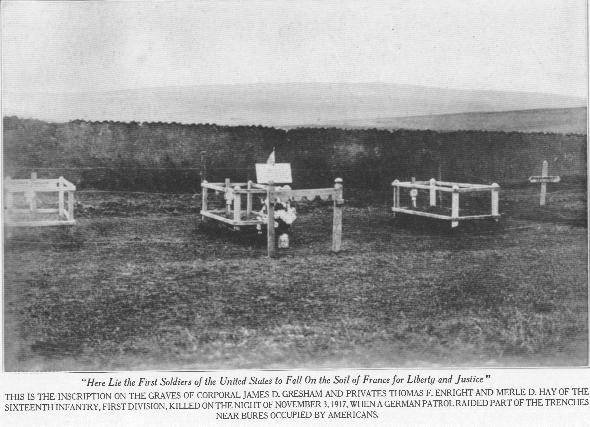

59. On the day the Armistice was signed, the problem of the return of our troops to the United States was taken up with the War Department and, on November 15, a policy recommended of sending home certain auxiliaries so that we could begin to utilize all available shipping without delay. On December 21 the War Department announced by cable that it had been decided to begin immediately the return of our forces and continue as rapidly as transportation would permit. To carry this out, a schedule for the constant flow of troops to the ports was established, having in mind our international obligations pending the signing of the treaty of peace.
60. While more intimately related to the functions of the Services of Supply than to Operations, it is logical to introduce here a brief recital of the organizations created for the return of our troops to America. Prior to the Armistice but 15,000 men had been returned home. Although the existing organization was built for the efficient and rapid handling of the incoming forces, the embarkation of this small number presented no difficulties. But the Armistice suddenly and completely reversed the problem of the Services of Supply at the ports and the handling of troops. It became necessary immediately to reorganize the machinery of the ports, to construct large embarkation camps, and to create an extensive service for embarking the homeward-bound troops.
Brest, St. Nazaire, and Bordeaux became the principal embarkation ports, Marseilles and Le Havre being added later to utilize Italian and French liners. The construction of the embarkation camps during unseasonable winter weather was the most trying problem. These, with the billeting facilities available, gave accommodation for 55,000 at Brest, 44,000 at St. Nazaire, and 130,000 at Bordeaux. Unfortunately, the largest ships had to be handled at Brest, where the least shelter was available.
To maintain a suitable reservoir of men for Brest and St. Nazaire, an Embarkation Center was organized around Le Mans, which eventually accommodated 230,000 men. Here the troops and their records were prepared for the return voyage and immediate demobilization. As the troops arrived at the base ports, the embarkation service was charged with feeding, reclothing, and equipping the hundreds of thousands who passed through, which required the maintenance of a form of hotel service on a scale not hitherto attempted.
61. On November 16 all combat troops, except 30 divisions and a minimum of corps and army troops, were released for return to the United States. It was early evident that only limited use would be made of the American divisions, and that the retention of 30 divisions was not necessary. Marshal Foch considered it indispensable to maintain under arms a total, including Italians, of 120 to 140 divisions, and he proposed that we maintain 30 divisions in France until February 1, 25 of which should be held in the Zone of the Armies, and that on March 1 we should have 20 divisions in the Zone of the Armies and 5 ready to embark. The plan for March 1 was satisfactory, but the restrictions as to the divisions that should be in France on February 1 could not be accepted, as it would seriously interfere with the flow of troops homeward.
In a communication dated December 24 the Marshal set forth the minimum forces to be furnished by the several Allies, requesting the American Army to furnish 22 to 25 divisions of infantry. in the same note he estimated the force to be maintained after the signing of
Continue
Back
Table of Contents
Back to Legacy